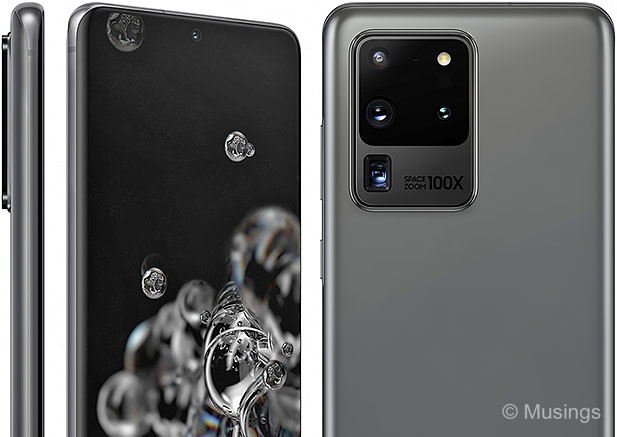The outbreak of Covid-19 a month ago here in Singapore really put a big dampener on people’s morale here. But credit really goes to the government here for reacting fast, decisively and with great foresight such that the local transmission of cases here seemed to have come down in control. People are gradually returning to their normal lives as best as they can, though still exercising the usual preventive cautions to stay safe and the like.
We’ve on our end basically tried not to let the still lingering anxiety of contacting the virus affect our lives both at work and at home. We’ve still been going out as normal for meals, hanging around on the weekends at our usual coffee and breakfast joints, and (most) certainly not been in the crowds hoarding toilet paper a month ago when the government bumped the DORSCON level from yellow to orange. A number of persons were annoyed when a government minister at a closed door conference here described these hoarders in unflattering terms. But I’m one of the equally as many who felt he pretty much nailed it in describing, if in unusually candid terms for a minister, the devastating consequences of hoarding.
The global epidemic has also put a noticeable dampener on technology announcements, events, supply chain to manufacturing, and gear and geek heads who routinely buy and review the latest mobile gadgets and other tech have also remarked that some of the new gear has indeed got held up in delivery somewhere. Quite a pity, because on the smartphone front at least, we’re finally starting to see more than a few manufacturers release these few months smartphones with display screens that feature refresh rates in excess of the standard 60Hz. This new tech inclusion has been of significant interest to me, since animation, browsing and scrolling during general use on a smartphone that offers 90 or 120 Hz refresh rates is noticeably a lot more fluid, buttery smooth and responsive. This improvement really isn’t trivial: because Android smartphones with these high refresh rates have finally overcome, in my use-case at least, the last important gap between Android and Apple iPhones: fluidity of general user interfaces.
The list of Android smartphones at the moment that offer > 60 Hz refreshes include the Samsung S20s, OnePlus 7s, Xiaomi Mi 10s, and assorted selected phones from Redmi and Asus. More manufacturers are likewise also coming on board with announcements of their phones with this similar technology feature.

On the other hand, the first high refresh rate smartphones have also demonstrated that the feature also comes at the cost of battery life. The first owners of Samsung’s new generation of S20 smartphones – offering 120 Hz refreshes – have all remarked that general usage is mind-blowingly fluid, but the phones equally all quit at anywhere between 70% to 90% of the battery usage time they’d normally get when at 60 Hz. Truth to tell, I’m not really that far from a phonebank or desk USB charger most of the time, but the OCD part of my brain would notice that quicker than normal battery percent drop!
Nonetheless, Xiaomi’s Mi 10s and the OnePlus 7T Pro – both offering 90 Hz displays – don’t seem to have suffered as significant a battery hit than Samsungs, so both phones’ line-ups are on my radar. OnePlus is set to announced their series 8 phones next month in April, while I’m hoping that the Mi 10 – my current preferred choice if I was going to replace my Oppo Reno 10x zoom – would see a local release.
Recent comments